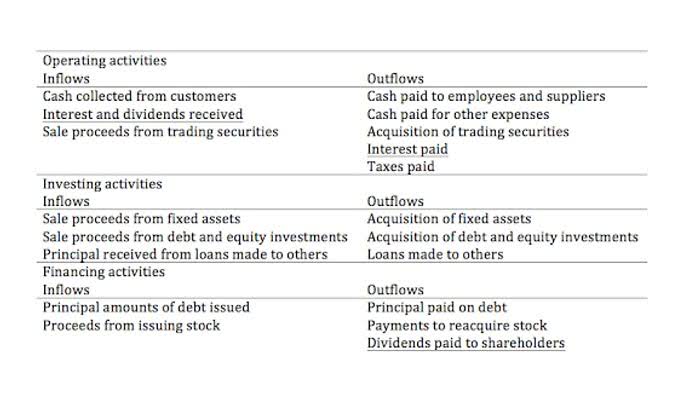
Enhance your proficiency in Excel and automation tools to streamline financial planning processes. Learn through real-world case studies and gain insights into the role of FP&A in mergers, acquisitions, and investment strategies. Upon completion, earn a prestigious certificate to bolster your resume and career prospects. Broadly, the total cost of production is composed of two parts, as expressed by the following formula.
Total Ordering Costs:

Businesses can better understand the baseline cost of their product by analyzing total costs in relation to output; total costs divided by the total output reveals the cost per unit. This article https://howto.tutorialkita.net/2021/12/29/acuity-accounting/ aims to explain the unit price formula, its importance, and how it can be applied to real life situations. From small business owners and entrepreneurs to managers in a corporate organization, this guide strives to offer practical recommendations and strategies that enable better decision-making. Perhaps, there is a discount on additional direct material at a given point. So from a relevant range standpoint, we need to determine at what point that number will change.

Relevant Range

Since we always need to have insurance for our warehouses, the cost of insurance can be calculated as a percentage for each item. This cost will in turn be used as another part of the holding cost percentage. That rate covers the occupancy How to Run Payroll for Restaurants costs and insurance where the inventory is stored.
Variable Cost vs. Average Variable Cost

These can include the cost of utilities used on the factory floor, indirect materials like lubricants for machinery, or shipping costs for raw materials. As more units are produced, these costs generally increase, and as production decreases, they decline. The above is a very detailed and unique process that helps business to decide how much cost is incurred for each type of product lines and whether it is possible to reduce them. This will help in using the financial resources in areas where they are actually required. The analysis of standard cost helps in enhancing profitability and efficiency. It is also a method of taking pricing decisions that will help in increasing revenue and achieving sales targets.
- If the new product is made, this sale won’t happen and the cash flow is affected.
- This helps prevent stockouts, reduce excess inventory, and keep costs down.
- Let us understand the disadvantages of the interpretation of a variable cost per unit through the points below.
- Variable costs, such as direct materials, vary roughly in proportion to the number of units produced, though this cost should decline somewhat as unit volumes increase, due to greater volume discounts.
- Relevant Cost of material is the incremental cost of raw material, which will change depending on the production quantity.
- Variable cost includes costs that fluctuate based on the number of units procured or produced.
- A salaried accountant or company lawyer will be paid whether the company’s output is 100,000 units or 0 units.
Limitations and challenges of unit cost analysis
Ensure costs are allocated accurately to the appropriate units or products. Misallocation can lead to distorted insights and erroneous decision-making. Use precise relevant cost per unit formula cost allocation methods that align with your organization’s operations.


